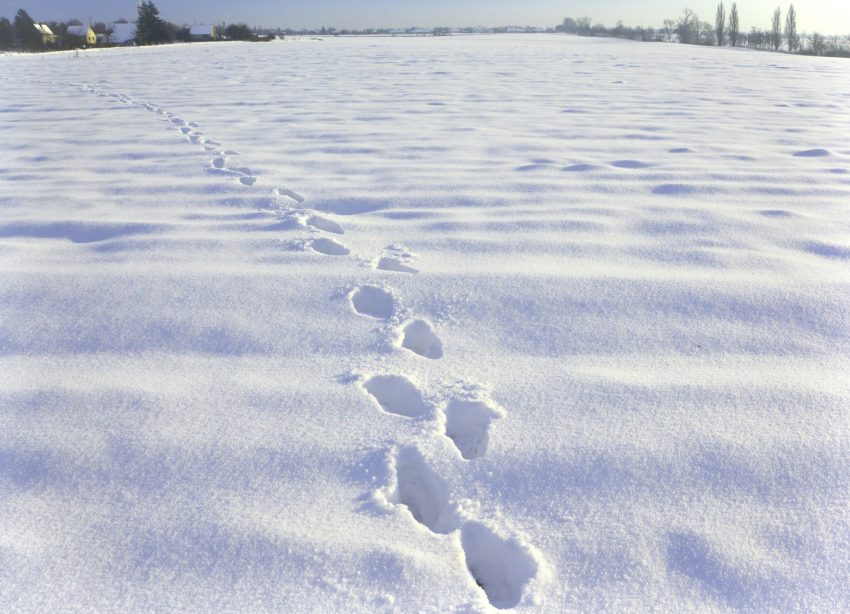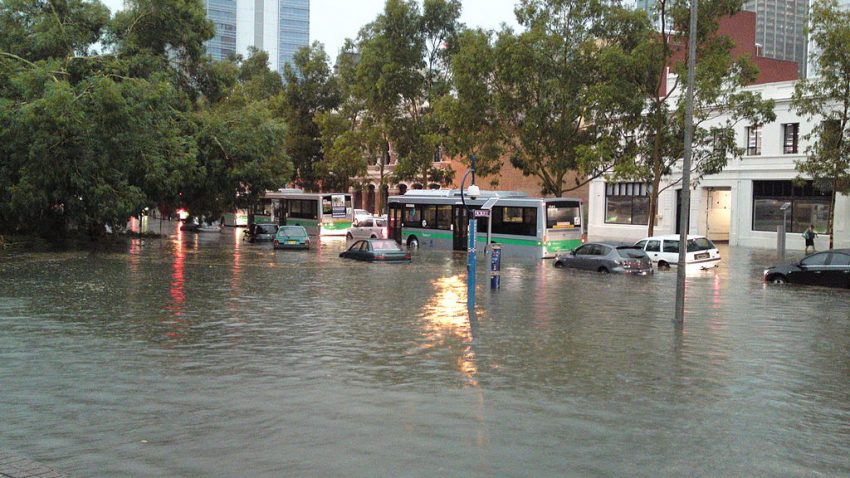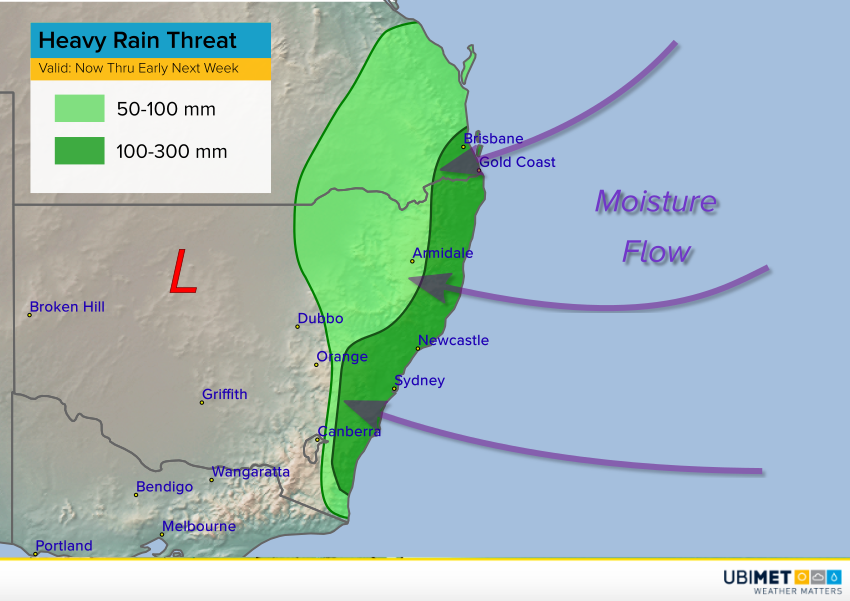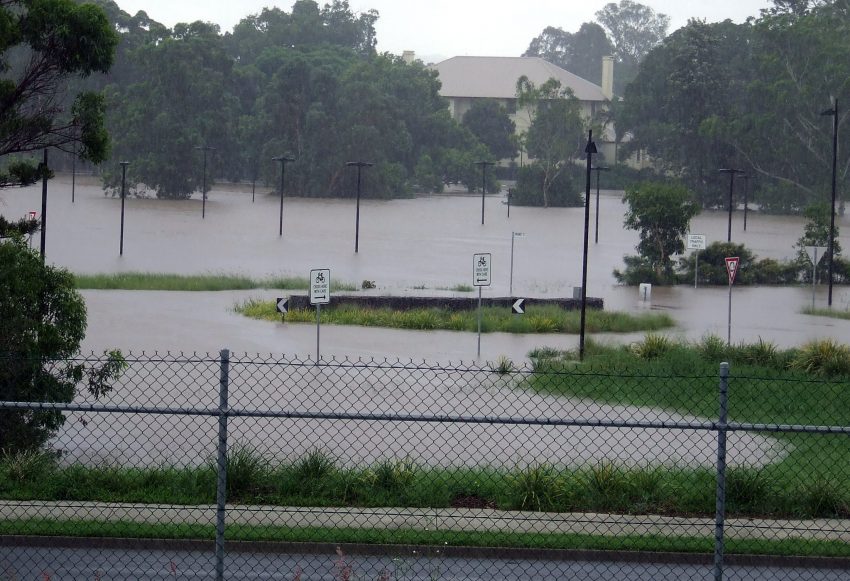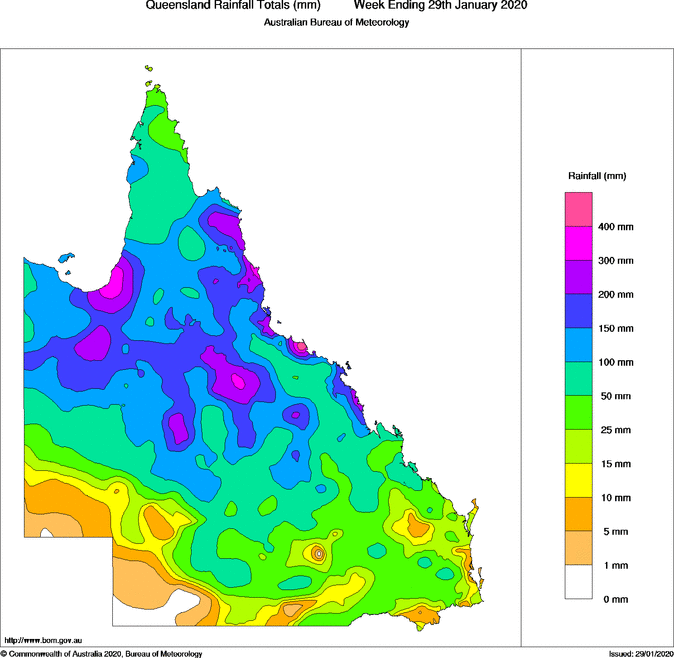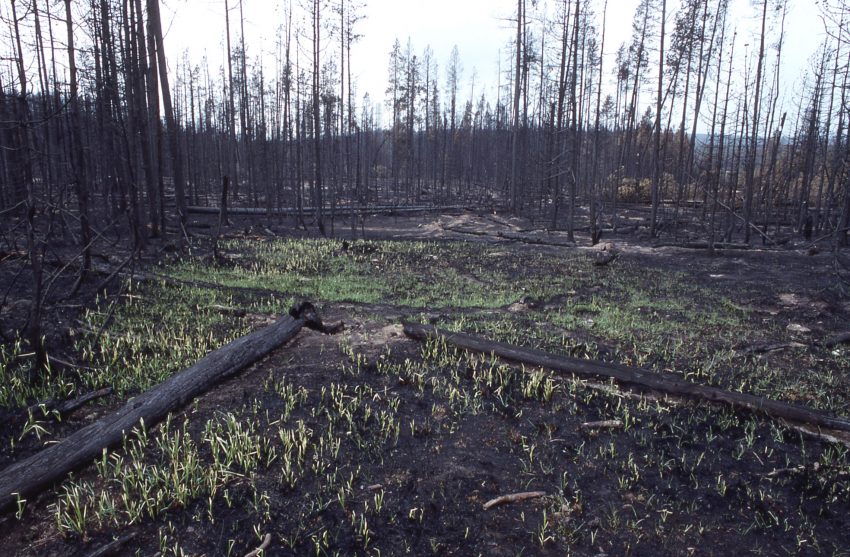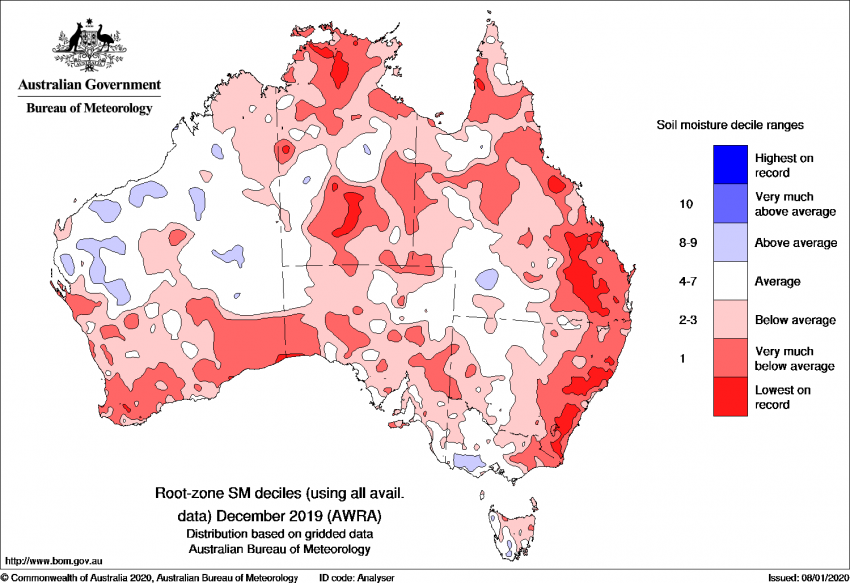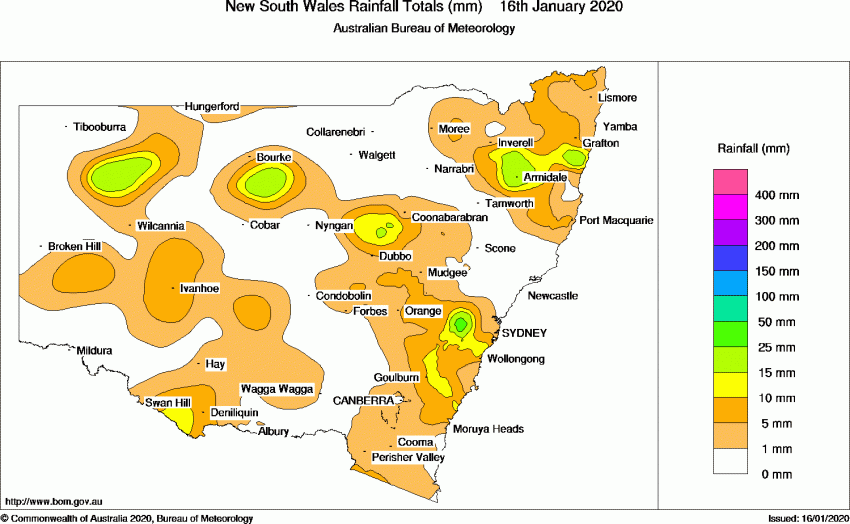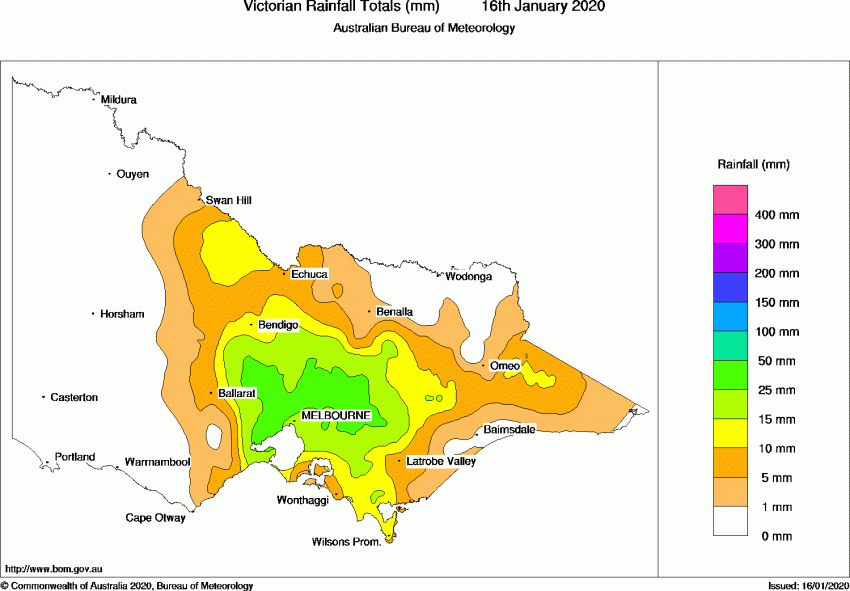Extremely Rare Snowfall Blankets the Iraqi Capital of Baghdad
For only the second time in a century, residents of Baghdad, Iraq awoke Tuesday morning to a coating of snow. Accumulation was mainly restricted to grassy and elevated surfaces like car rooftops. Traffic disruption was minimal. However, children were able to participate in the kinds of activities, like throwing snowballs and building snowmen, that kids in other countries take for granted. The snow and temperatures near or below freezing were less enjoyable for the hundreds of thousands of homeless refugees from the conflicts in Syria huddled into tents in Baghdad and points north.
Omg #Baghdad is snowing , sooo excited to see snow it’s beautiful, it’s first time ever happens . pic.twitter.com/OP64ztJOJU
— Ammar karim (@ammar_afp) February 11, 2020
It snowed in Baghdad for only the 2nd time in 100 years. For many Iraqis, it was the first time they’d ever seen snowfall ❄️: pic.twitter.com/y1Q6htYaZX
— AJ+ (@ajplus) February 11, 2020
Wintertime temperatures in Baghdad are more typically in the teens and 20s (deg C). Temperatures near or below freezing are very rare. Rarer still is the combination of cold temperatures and sufficient moisture. Only one other time in the past century has any snow been recorded in Baghdad – that was in 2008 and a only a slushy dusting. By contrast, Tuesday’s snows reached a respectable 3-4 cm. And despite the fact that the snow was mostly melted by midday Tuesday, residents both young and old can now happily claim to have seen the white stuff in their own hometown.
